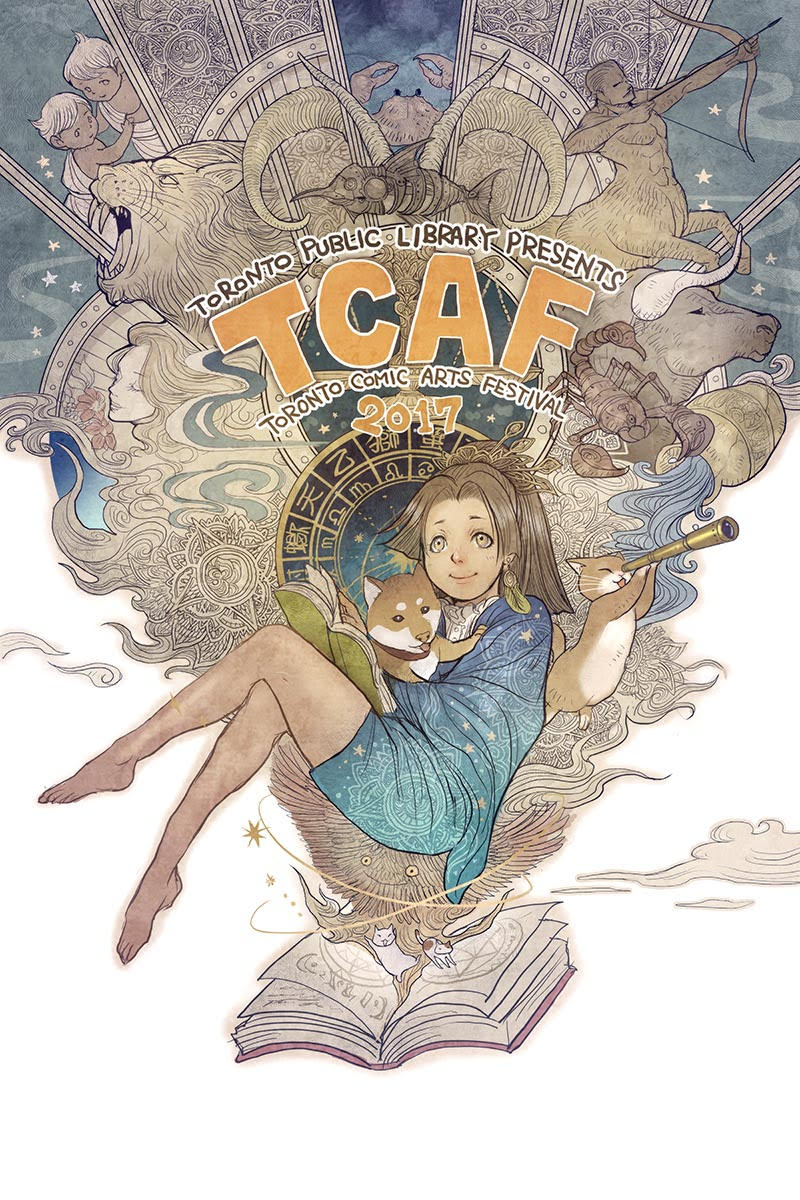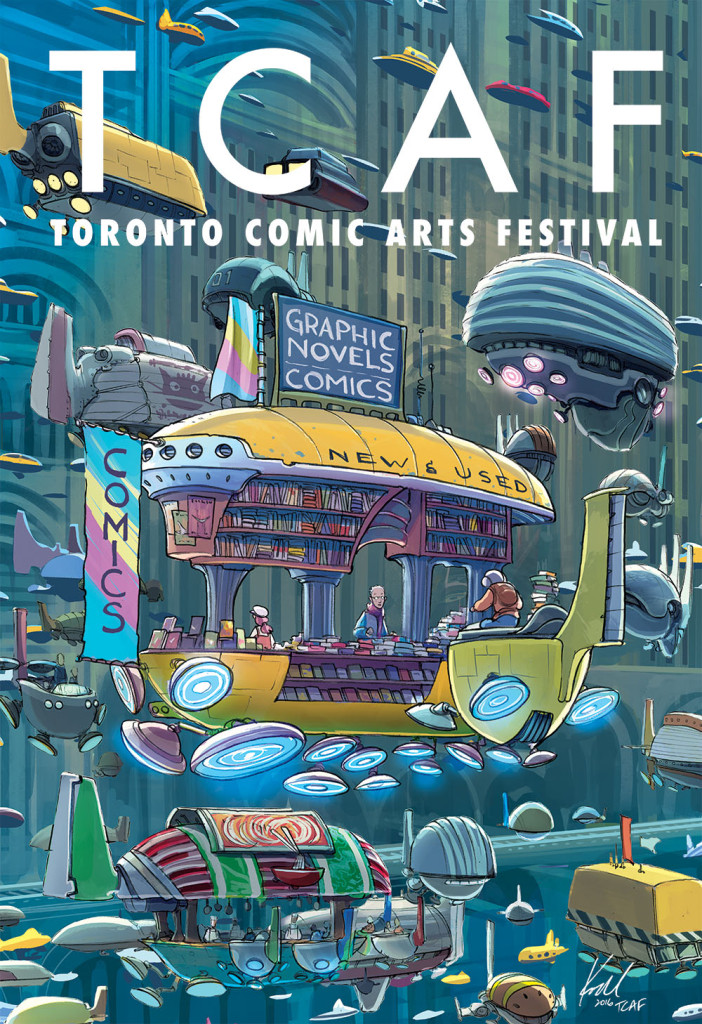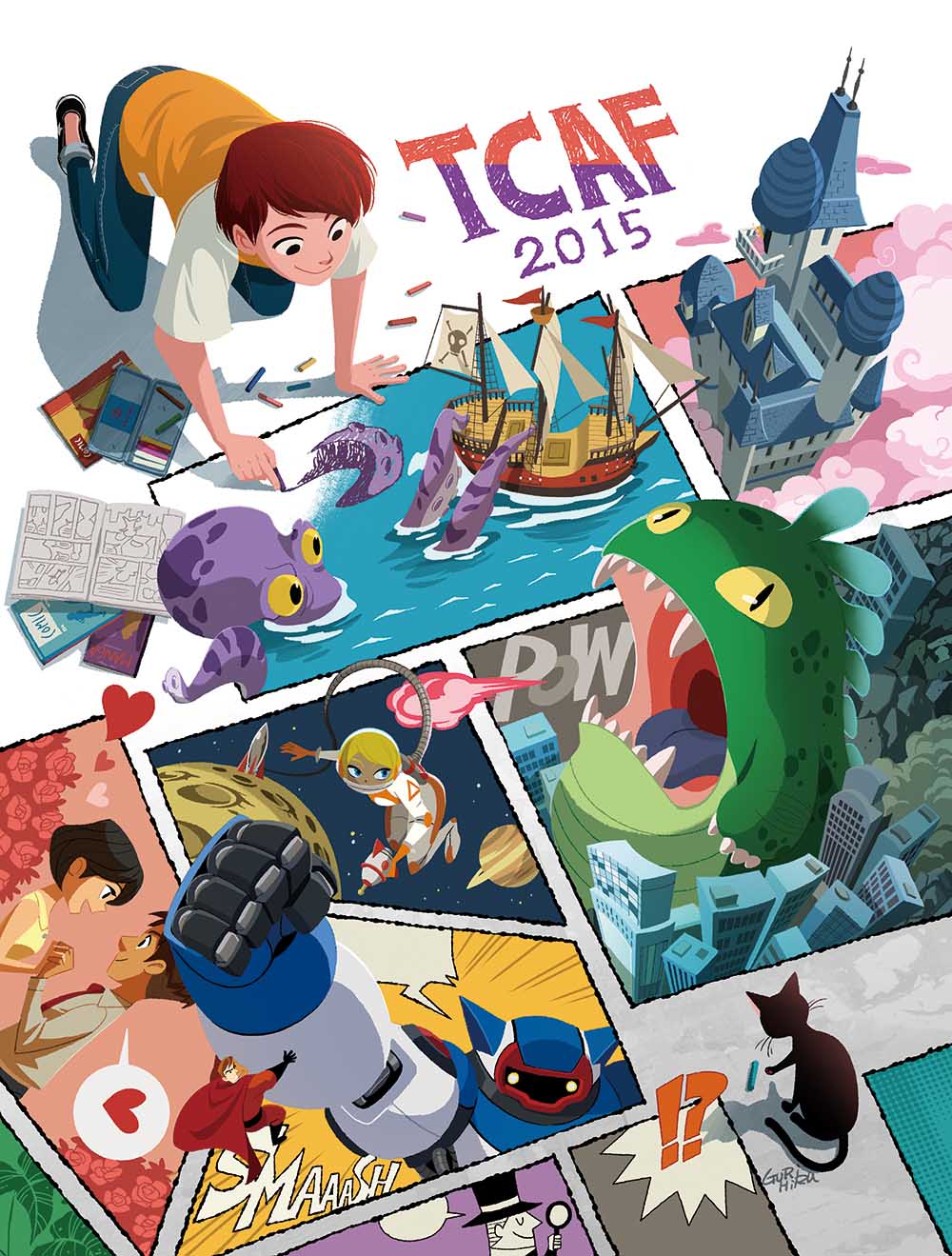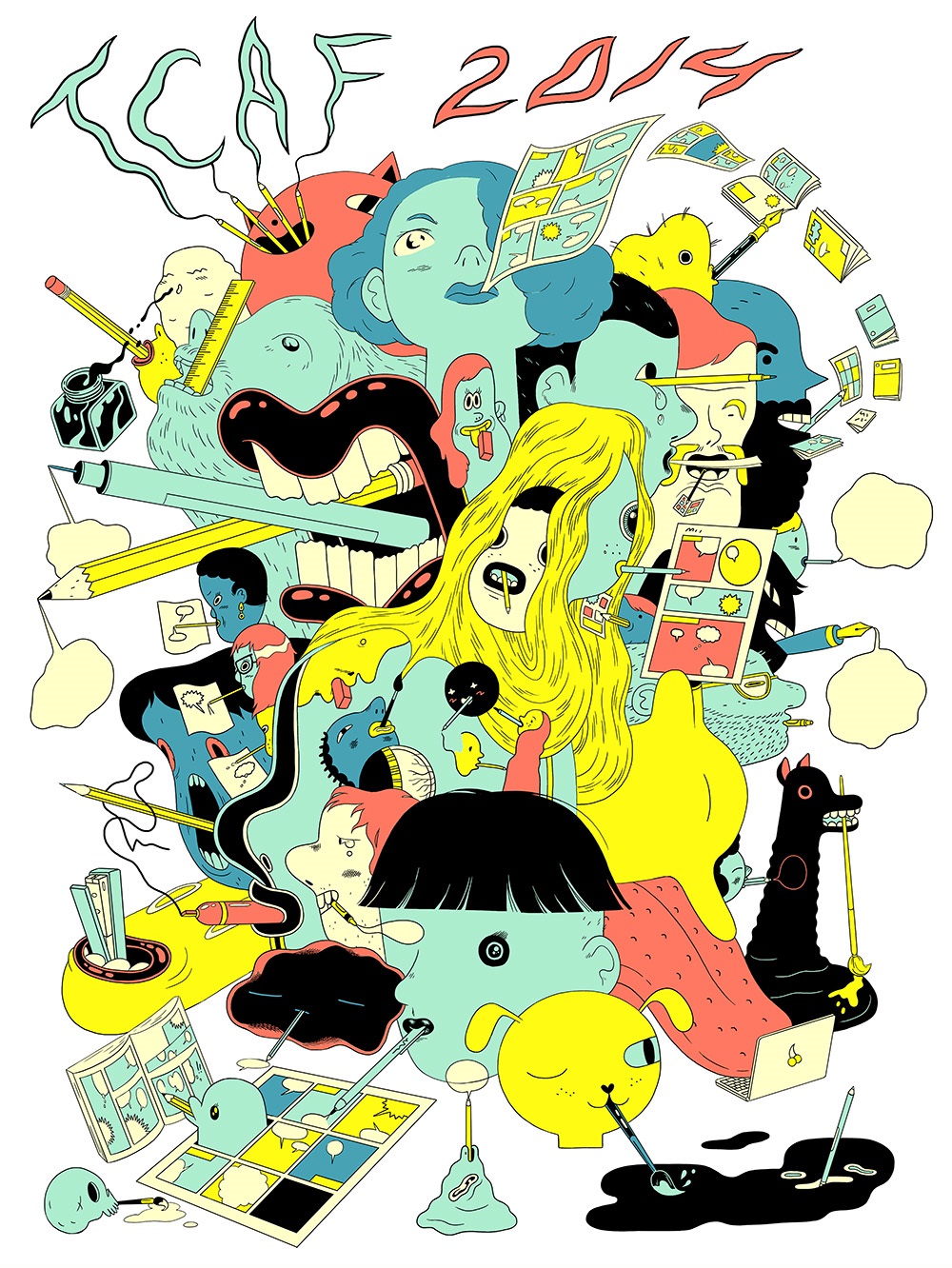I didn't actually realize it until I started writing up my random musings for the 2017 Toronto Comic Arts Festival (TCAF), but this year was actually my five-year TCAF anniversary! For the first two …
Continue Reading about Random Musings: Toronto Comic Arts Festival 2017 →



